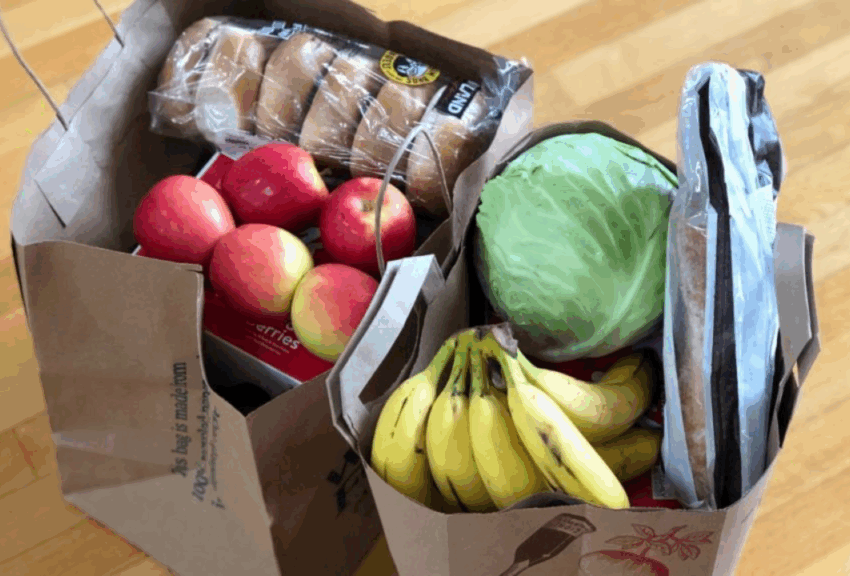
In a turn for South African consumers, headline consumer inflation has surged to 3.5% in July, up from 3.0% in June, Cape {town} Etc reports.
This marks the highest inflation rate observed since September 2024, when it peaked at 3.8%. Significant price increases across various sectors were recorded, with an average uptick of 0.9% between June and July.
According to Stats SA, the acceleration of inflation is particularly harsh on household food budgets, which are now under pressure. Annual inflation within the food and non-alcoholic beverages sector climbed to 5.7%, up from 5.1% in June.
This increase is largely attributed to rising prices of meat, vegetables, and other food items, with beef being the most prominent factor. The annual inflation rate for meat rose to 10.5% in July, reflecting an upward trajectory that has persisted since February.
The average cost of beef has experienced increases, with prices rising by 28.8% over the past year. For instance, the price of stewing beef jumped from R94.80 per kilogramme in July 2024 to R123.87 in 2025. Similarly, beef mince increased from R102.95 to R126.79.
Vegetable inflation has also quickened, reaching an annual rate of 14.6%, an increase from 13.6% in June. Certain vegetables like carrots, lettuce, and tomatoes experienced notable price hikes, with carrots seeing a substantial annual increase of 20.7%. However, it is worth noting that prices for these products slightly declined between June and July, with carrots alone witnessing an 8.8% monthly decrease.
Other food products have followed suit, with many items in the ‘miscellaneous’ category reflecting higher costs compared to a year ago. Combatants in this trend include salad dressing (+6.7%), vinegar (+6.6%), mixed spices (+6.2%), and soup powder (+5.9%). In contrast, inflation for hot beverages has steadily cooled, standing at 8.9% for July, a far cry from a peak of 17.5% the previous August.
On a slightly positive note, consumers can find respite in the coffee market, where prices for instant coffee declined slightly between June and July, marking the lowest annual rate since January 2024. In tandem, cappuccino sachets have also become more affordable.
Meanwhile, the dairy and eggs category continues to exhibit deflation, featuring several products that boast lower prices than a year ago. Maize-based food drinks and some milk varieties have also decreased in price. However, cheese continues to reflect a contrasting trend, showing price increases for gouda and cheddar cheese at 7.2% and 5.5%, respectively.
An examination of municipal tariffs reveals further contributory factors to rising inflation. Annual adjustments in July have seen water supply tariffs spike by 12.1%, the largest increase since 2018 while electricity costs rose by a comparatively modest 10.6%.
Refuse collection and sewage removal tariffs have also joined the inflation narrative this year, witnessing increases of 6.6% and 6.5% respectively.
Fuel prices have started to shift as well, increasing by 2.6% between June and July after a four-month decline. This latest increment nudged the annual rate for fuel from -11.2% in June to -5.5% in July, signalling some complexities in the fuel market.
Compiled by Sibuliso Duba
First published on Cape Town Etc.
Also see: The ultimate IT girl grocery list




